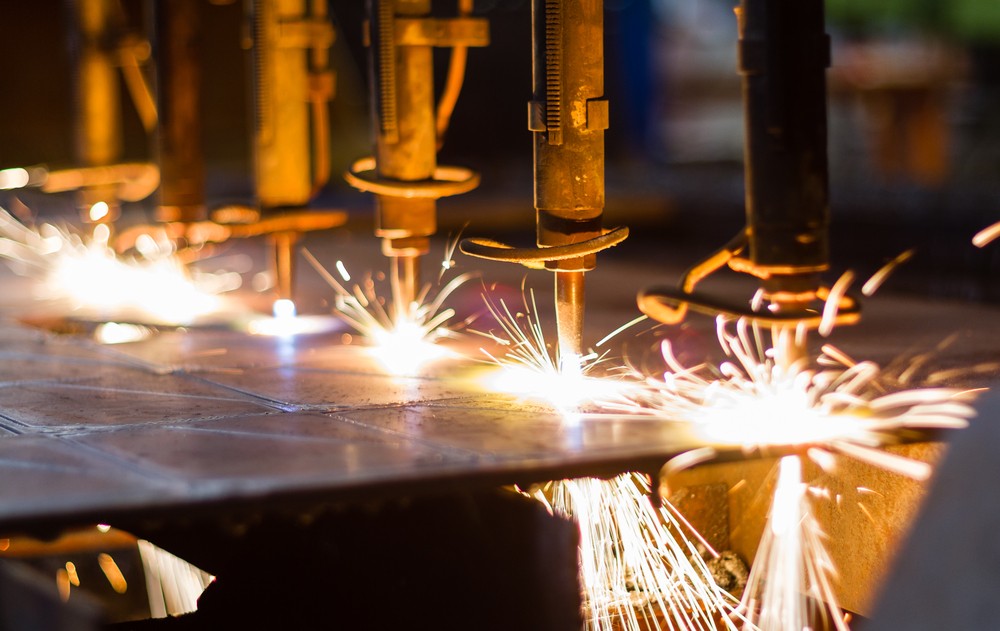Manufacturing Economy Stabilizes, Remains in Contraction

Would you like the good news or the bad news first? That seems the most apt question to ask looking at the November 2019 Manufacturing ISM® Report On Business®. For the fourth month in a row the report indicates economic contraction; however, November appears to have been a plateau. Avoiding a major spiral, manufacturing has stabilized and has even shown an uptick in a few sectors. Unfortunately, this modicum of stability isn’t poised to last beyond the holiday season. The sector has already begun bracing for an active 2020, regardless of what the December ISM Report has to say.
Fluctuation in the manufacturing economy
According to November’s figures, overall PMI is holding steady, down just 0.2% to 48.1% from 48.3% in October. This marks a support level for PMI, showing stability after a volatile third quarter — up from September’s low of 47.7%, yet below August’s initial foray into contraction territory at 49.1%. Despite eight straight months of softening, it seems the contracting manufacturing economy may be leveling off.
Ironically, November’s individual metrics were a tale of two distinct balances. The overall PMI stabilized much in part to swings in both directions, from key areas of the report. Dragging down the report were new orders (-1.9%), inventories (-3.4%), and new export orders (-2.5%). Helping to buoy it were upticks in production (+2.9%), supplier deliveries (+2.5%), and imports (+3.0%). These equal and opposite forces put manufacturing in a position to collect itself headed into the final month of 2019.

Ups and downs affecting the economy
Manufacturing is a conflicted landscape beyond the numbers. There are bright spots and black clouds across different sectors, ultimately setting the stage for major implications in 2020.
The November jobs report from the Department of Labor posted a net gain of 266,000 jobs, showing continued economic strength for job seekers. The General Motors strike is over, and more people are back at work. A new trade deal with China is on the horizon. Major headwinds appear to be dying down at last!
Or are they?
Hacking attacks on manufacturing are up. The threat of more tariffs and a suspended trade deal with China have reopened a healing rift. The price of raw materials continues to rise across most manufacturing sectors. For every good headline, there’s an equally bad one. There’s tremendous give and take from the manufacturing economy as a whole, introducing a growing feeling of uncertainty about what comes next. Insight from the fabricated metal products industry says it all:
The order book continues to shrink below our forecast levels. We’re unsure at this point how much of the slowdown is tied to certain events [like the General Motors strike], year-end inventory reductions by customers, or a worsening economy. We don’t expect clarity on this until early 2020, when we expect to either see restocking orders [a good sign] or not [a bad sign].
Although the November PMI has stabilized, it feels like manufacturing as a whole is more unstable than it’s been in many years. Are we teetering on the edge of a full-blown recession? Or will the industry collect itself and enter 2020 with strength?
The holidays will tell us a lot, as will the early-year emphasis on the presidential election. Manufacturers have begun taking a conservative stance to be safe. Regardless of which way the pendulum swings, manufacturing is in for a turbulent New Year.
